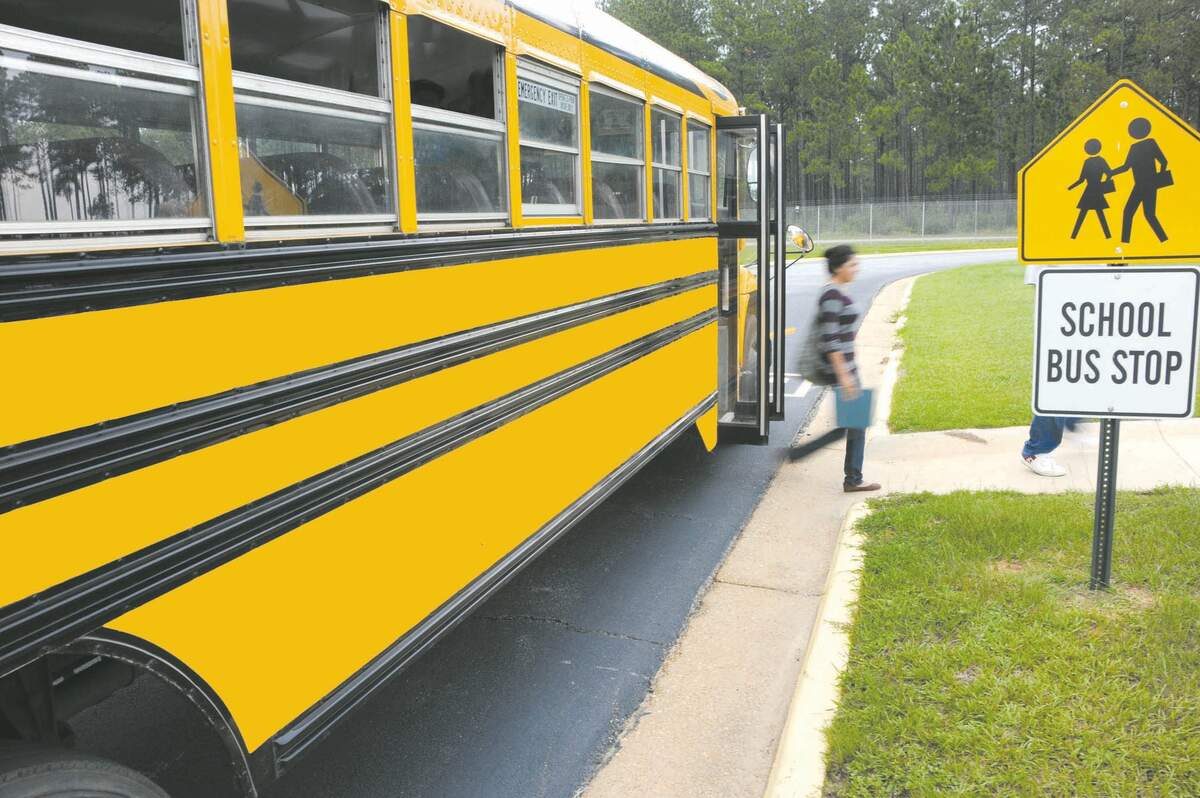

School Bus Drivers' Day
Observed
the fourth Tuesday in April
Dates
Founded by
California Legislature on May 20th, 2009
Hashtags
Sources
http://leginfo.legislature.ca.gov/faces/billTextClient.xhtml?bill_id=200920100ACR58
https://en.wikipedia.org/wiki/School_bus
https://learn.org/articles/School_Bus_Driver_Jobs_Your_Salary_and_Career_Questions_Answered.html
https://www.mentalfloss.com/article/503644/11-secrets-school-bus-drivers
https://www.wheniscalendars.com/school-bus-drivers-day/
Today we honor school bus drivers! School Bus Drivers' Day originated in California. After being observed there unofficially for some time, the California legislature decided to make the day official. In 2009, they created the day "in order to draw special public attention to school bus drivers for their continued and excellent services to pupils in California." After being created in the state, it appears the holiday spread to be observed informally elsewhere.
School bus drivers take students to and from school, and also take them to and from school-related events, such as field trips and sporting events. In the United States and Canada, it is estimated that school buses—and thus school bus drivers—give about 8 billion trips between homes and schools each year. In 2015, about 484,000 buses were used to transport 26.9 million children to and from school and to school-related activities each day. Over half of the students in the United States are transported to and from school by bus, but buses are less prevalent outside of North America.
A high school diploma is usually required to be a school bus driver, but there are other things that bus drivers must have that are more important. In 1986, the Commercial Motor Vehicle Safety Act was passed, which requires school bus drivers to have a commercial driver's license (CDL). Drivers must also have a P (passenger) and S (school bus) endorsement. In order to get these endorsements, they must take a written and driving test and must pass a background check and sex offender registry check.
After taking students to school in the morning, bus drivers often have a period of hours of unpaid free time before they need to drive students home in the afternoon. However, there are often opportunities to continue working at this time, by driving for field trips or other school-related activities. Bus drivers often even get free admission to the field trips they transport students to. Besides not getting paid during the middle hours of the day, school bus drivers also don't get paid during the summer, when students are out of school.
Being a school bus driver does not only consist of driving in the morning and driving in the afternoon; there are tasks and responsibilities that go along with it. Drivers must follow and memorize their routes, must stay on schedule, and must know basic bus maintenance. They must also log their miles and keep a record of their passengers. When students board their bus, they must make sure that they do so safely. When students are on the bus, they must make sure they stay in their seats when it is moving. To help with this, drivers often plan a seating chart for students. When students deboard their bus, drivers must walk the length of the bus to make sure everyone is off. When doing so, they take a sign that says "bus empty" and place it at the back of the bus. At the end of the day, they must also make sure the inside of the bus is cleaned up.
The roots of buses—and school bus drivers—date to the late nineteenth century. During that time, a horse-drawn vehicle called a kid hack took children to and from school. Since horses were at the hack's front, students entered the vehicle through the back, so they didn't startle them. Following the first decade of the twentieth century, the vehicles that took students to school no longer had horses. But, they still had perimeter bench seating that the kid hacks had, as well as doors for entering on the rear.
In 1927, steel-paneled buses were first built. The sides of these buses were still open, however, and canvas curtains that could be rolled up were hung there. There soon was a shift to buses being made completely of steel. During the 1930s, entry doors were placed at the front. But the rear door remained and became an emergency exit.
A conference was held in 1939 where 44 school bus standards were agreed upon. One was the standardization of buses to the color yellow. The color was chosen because it was believed to be the easiest to see at dawn and dusk, and because black lettering could be easily read on it as well. The official name of the color is "National School Bus Glossy Yellow." School buses in the United States and Canada are yellow, and the color is used in some other parts of the world as well. Since the time school buses came about, there have continued to be changes and improvements to them. The one thing that has remained unchanged is the need for bus drivers, and we honor them today!
How to Observe School Bus Drivers' Day
Here are a few ideas on how to celebrate the day:
- If you have children that ride a school bus, thank their school bus driver or send a gift with your children to give to their driver.
- If you are a school bus driver, make sure to let your coworkers and the students you drive know about the day.
- If you would like to become a school bus driver, today is the perfect day to take steps to do so!
- If nothing else, you could count how many school buses and school bus drivers you see today. Our guess is you will see a lot!





















